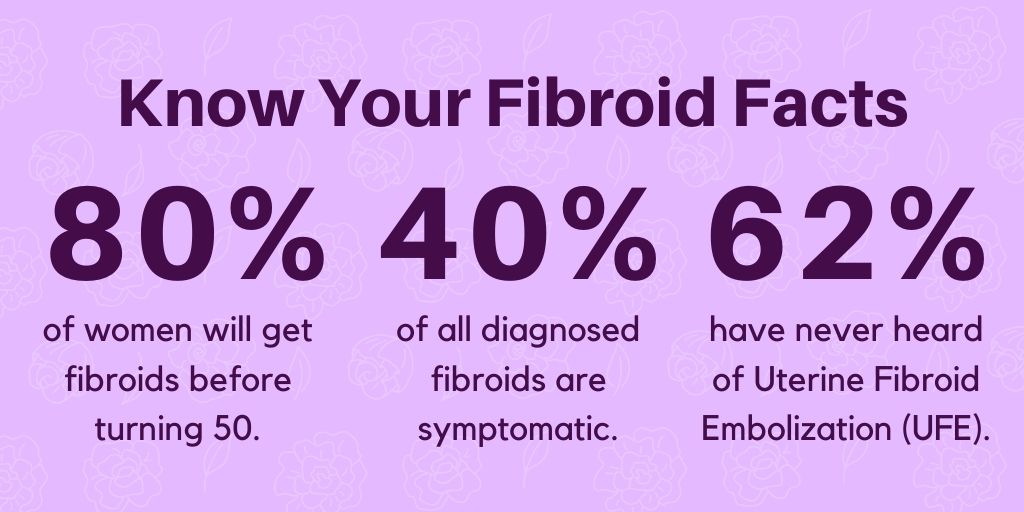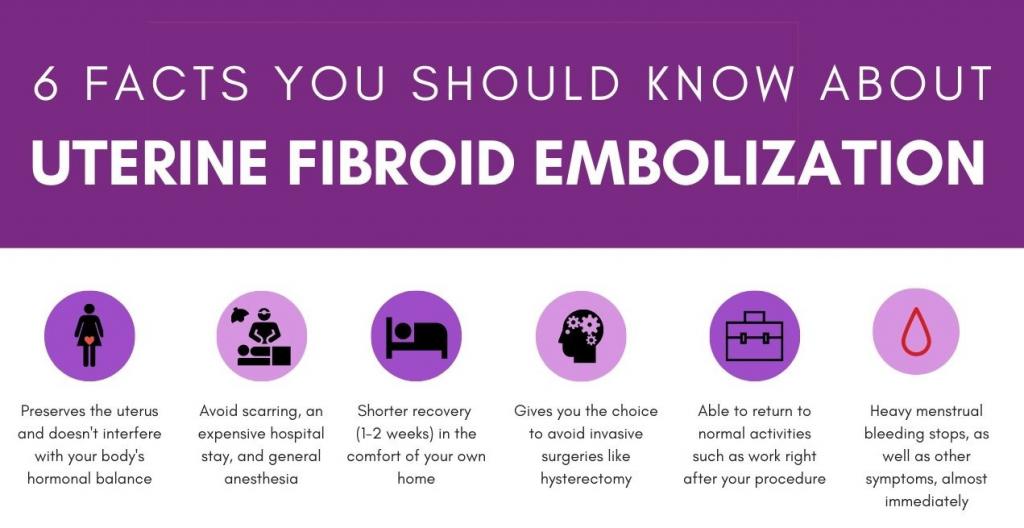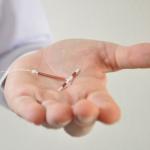
Table Of Contents
- Best Treatment for Fibroids
- Fibroid Symptoms
- Fibroid Treatment for Different Fibroid Types
- Non-Invasive Fibroid Treatment
- Other Fibroid Treatment Options
- Natural Remedies
- Can Fibroids Return After Treatment
- Choose USA Fibroid Centers for Treatment
Best Treatment for Fibroids
If you want to know what the best treatment for fibroids is, we may be able to help you. At USA Fibroid Centers, we offer a non-surgical fibroid treatment that can be a great alternative to fibroid surgery, like hysterectomy. Uterine fibroids are a common condition that affects millions of women in America every year. Although fibroids are not cancerous, they do have the potential to cause painful symptoms if left untreated. Over time, fibroids can also grow in size or number, causing more symptoms and interfering with the effectiveness of treatment.
Fibroid symptoms can be different for each woman depending on age, lifestyle, state of health, and even race. Research has shown that African American women are actually more likely to develop uterine fibroids than women of any other race.

Fibroid Symptoms
The best treatment for fibroids can depend on the type of fibroids, the size of fibroids, and the symptoms that occur and their severity. Fortunately, most women with fibroids have intramural fibroids, which respond well to non-surgical treatment like Uterine Fibroid Embolization (UFE). You may experience the following fibroid symptoms:
- Heavy bleeding
- Irregular periods
- Abdominal pain
- Cramping
- Fatigue

Fibroid Treatment for Different Fibroid Types
As mentioned above, one of the factors for your doctor to decide on treatment options is the type of fibroid you have been diagnosed with. Intramural fibroids grow in the muscles of the uterus wall. They can grow quite large if not treated.
Intramural fibroids often grow in groups with multiples in the same area. They may form in the front, back, or upper part of the uterus. These fibroids can be detected during a routine pelvic exam if large enough. However, symptoms may not always accompany intramural fibroids. When they do, you can expect pain in the lower back and pelvic area, bleeding between periods, and heavy bleeding during menstruation.
As the fibroids get larger, they may cause other symptoms, such as frequent urination and constipation. However, intramural fibroids respond well to non-invasive treatment.
Non-Invasive Fibroid Treatment
At USA Fibroid Centers, we believe that UFE is the best treatment for fibroids. This is because UFE allows for preserving the uterus while providing effective, lasting relief from painful symptoms. Also, fibroid experts complete our UFE procedures in our outpatient clinics, which means no expensive, lengthy hospital stay.
UFE is an effective fibroid removal treatment performed by an interventional radiologist who uses ultrasound to locate the fibroids. They insert a tiny catheter into either the thigh or the wrist and inject embolic materials into the artery connected to the fibroid. Blood flow is blocked, ensuring the fibroid can’t receive any nutrients. It then begins to shrink and will die over time. UFE begins to relieve symptoms as the fibroid gets smaller.
Other fibroid treatments like hysterectomy or myomectomy require a long recovery, can be expensive, and hysterectomy results in the loss of fertility. If you struggle with fibroid symptoms like painful cramping or heavy bleeding, ask your doctor about UFE.
Other Fibroid Treatment Options
Multiple treatment options exist for fibroids though they don’t all work the same.
A hysterectomy was once the treatment of choice for most doctors, which requires the removal of the uterus. During this procedure, any chance of pregnancy is eliminated, while UFE preserves that opportunity. UFE also allows you to resume normal activities within a week or two and is performed as an outpatient procedure. With a hysterectomy, you will have a hospital stay and be on restrictions for up to eight weeks. When comparing a hysterectomy vs. UFE, you can weigh the benefits and disadvantages.
A myomectomy is also considered major surgery because an incision is made to access the uterus. Different types of myomectomies exist with some requiring more recovery time. Risks with this procedure include excessive blood loss and infection. It also doesn’t prevent fibroids from returning and may increase the likelihood of a hysterectomy in the future.
Natural Remedies
Many women want to avoid major treatments for fibroids, so they turn to natural remedies. While some natural remedies can help alleviate symptoms, it’s often a slow process. At the same time, the fibroids may be growing and making the symptoms worse. Natural remedies aren’t an effective option because of the dangers of fibroids on your reproductive system and other organs.
Can Fibroids Return After Treatment
Fibroids can return after some types of treatment, such as a myomectomy. However, the same fibroids cannot return after UFE because they shrink and die. New fibroids can form, which concerns any treatment except hysterectomy because the uterus is removed.
Choose USA Fibroid Centers for Treatment
To learn more about uterine fibroids, symptoms, or fibroid treatment, contact us. We can answer any questions and set you up with a treatment plan that works best for your lifestyle. We are committed to helping our patients regain their freedom and find lasting relief from their painful fibroid symptoms.
Call us at 855.615.2555, or schedule an appointment online, to start the journey to a healthier and happier life without fibroid symptoms.



